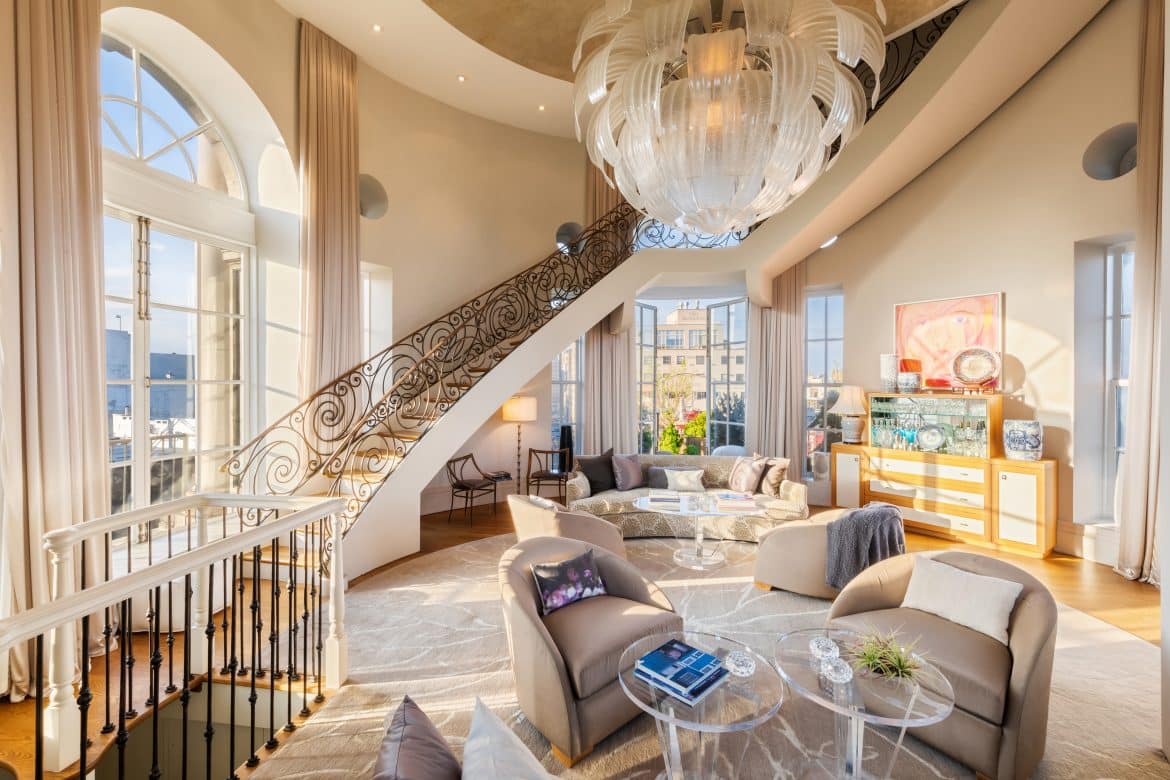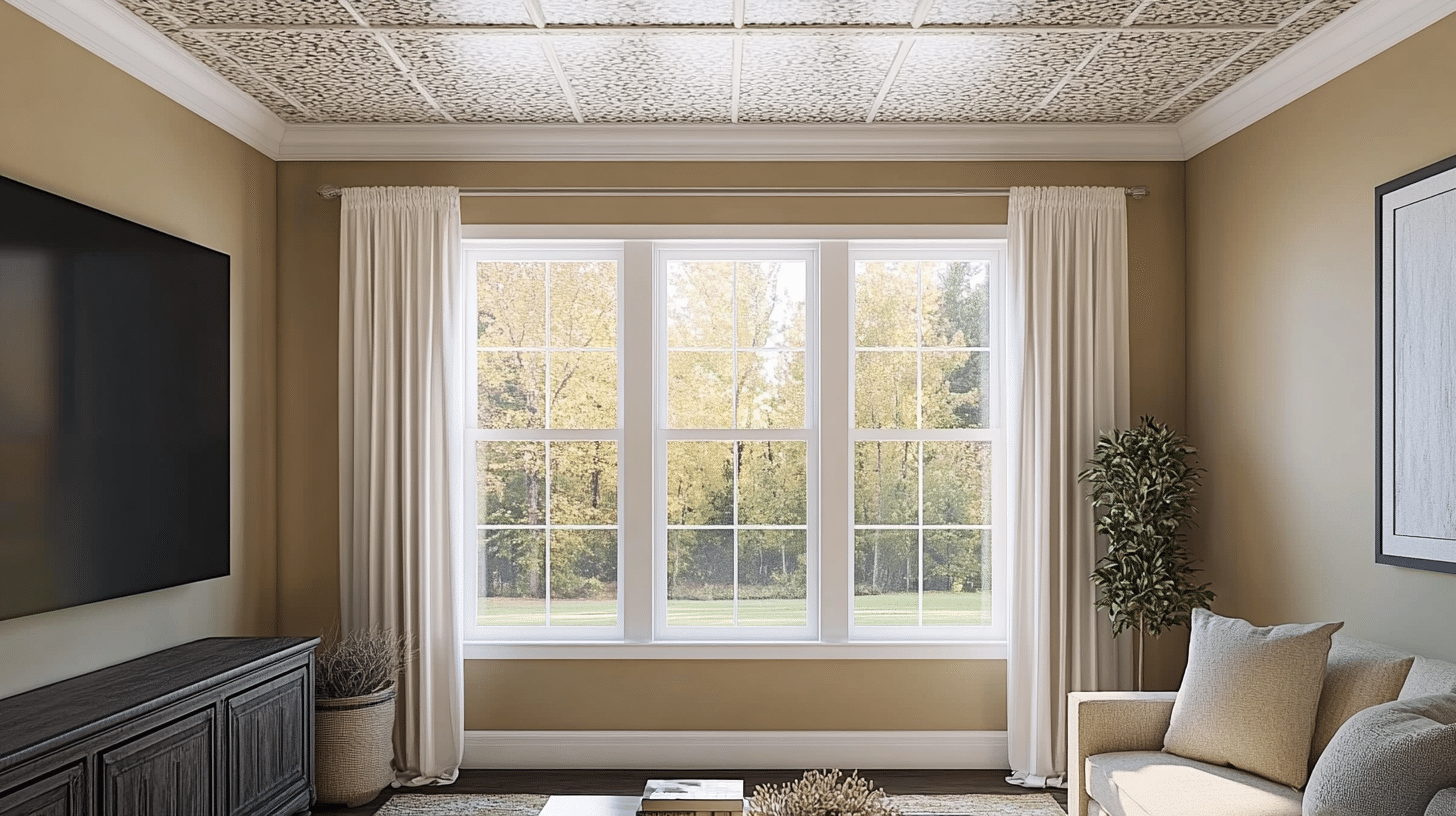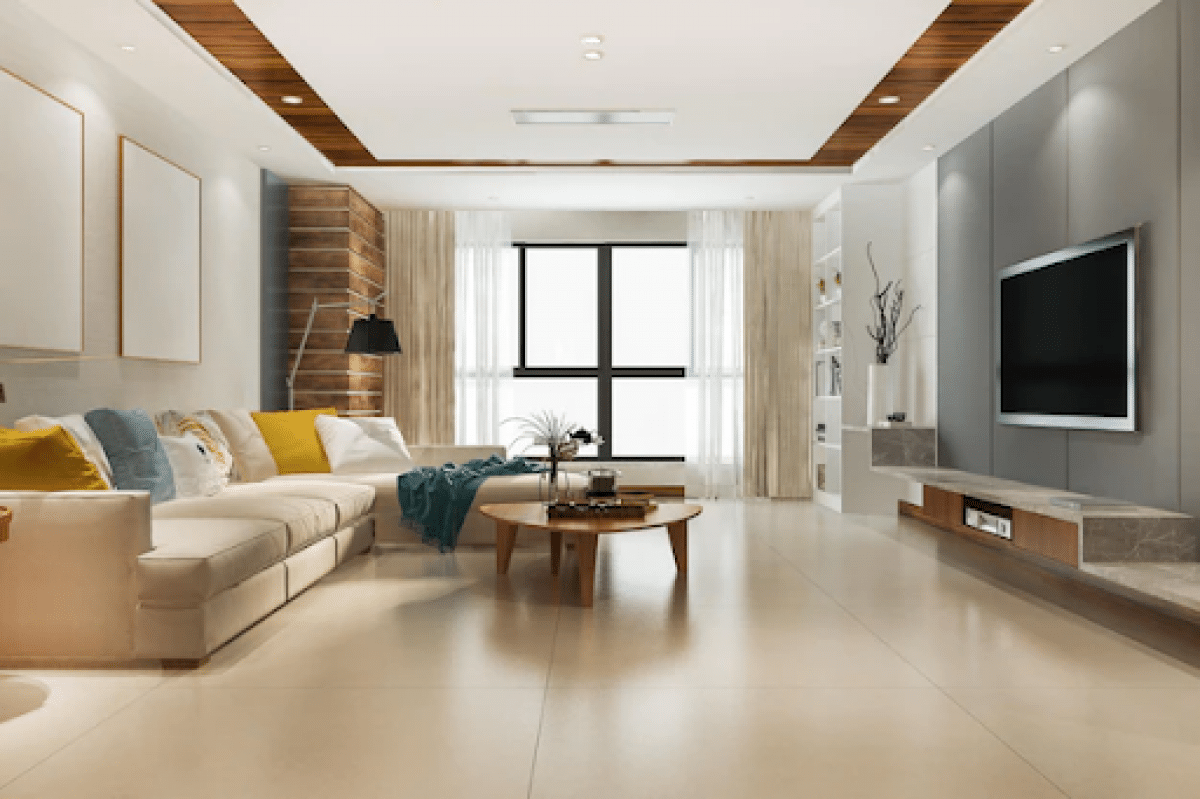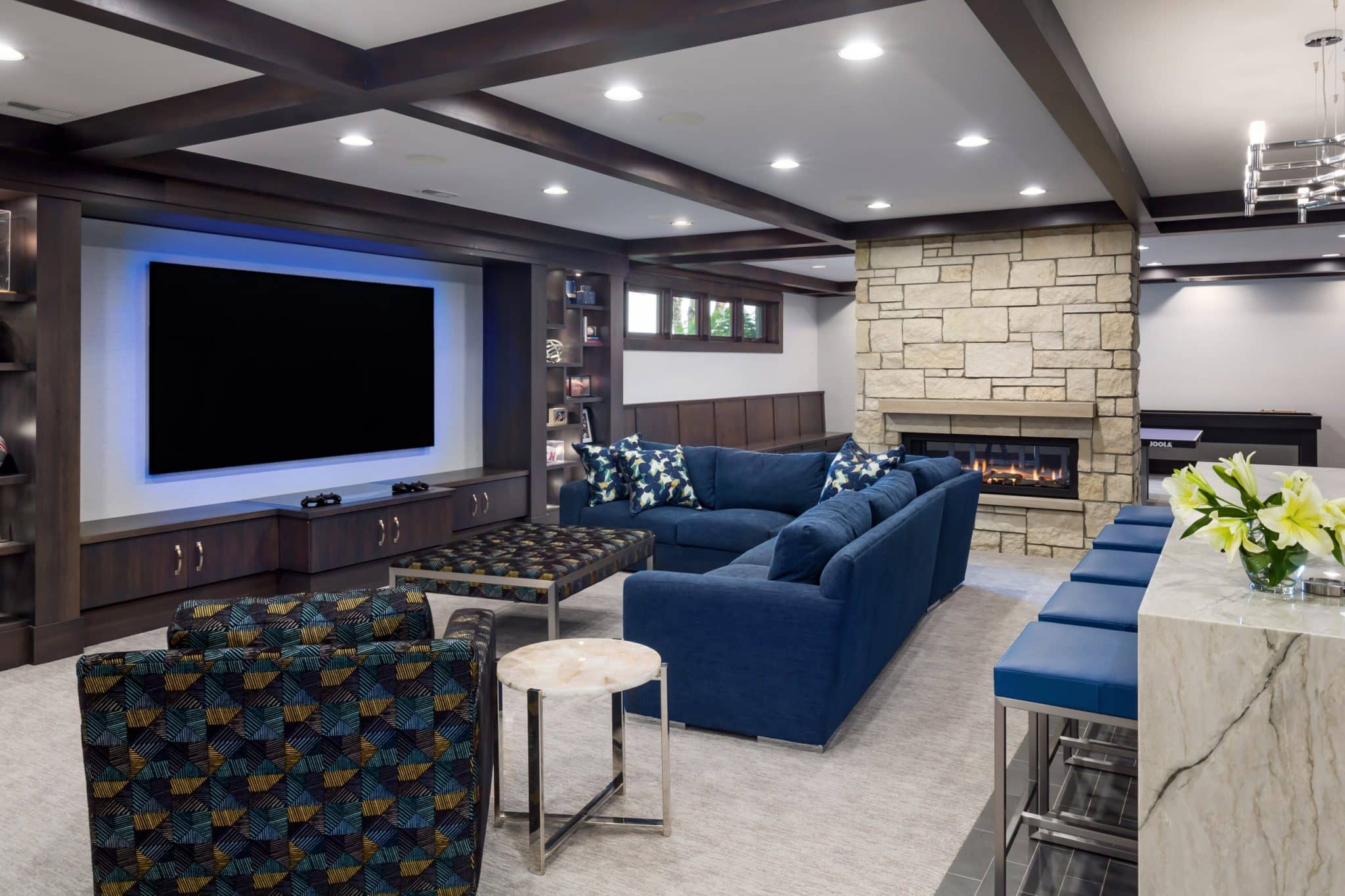10 Types of Ceilings To Choose for Your Residential Homes
Your ceiling is one of the most important home décor elements. The ceiling decides how spacious or cramped your home feels and your home’s resale value. There are different types of house ceilings that might change the look of your home. So, if you are building a new residential home or renovating it, you should have a look at these ceilings and choose the one that fits best for your house’s design and architecture.
1. Coffered Ceiling
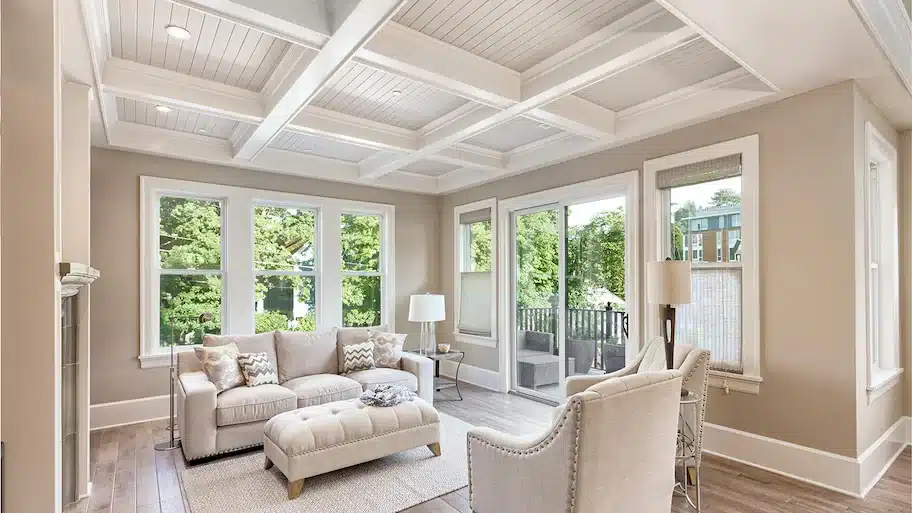
Coffered ceilings are usually found in large homes as well as big public buildings. With its origin in Ancient Greece, this type of ceiling is like an upscale tray ceiling. This ceiling requires expert installation and carpentry. The per-square-foot cost is approximately $25.
2. Standard Flat Ceiling

A standard flat ceiling is one of the most common, cost-effective, and simple types of house ceilings that you might see in many residences. It is a flat panel that is covered with drywall and then painted, just like the construction of any other house wall. The standard height of a traditional ceiling is 9 feet. If you want a more spacious and airy home feeling, you can have a ceiling height between 10 to 13 feet. And if you want to have a sense of coziness, then you can have a ceiling height of 8 feet.
3. Cathedral Ceiling
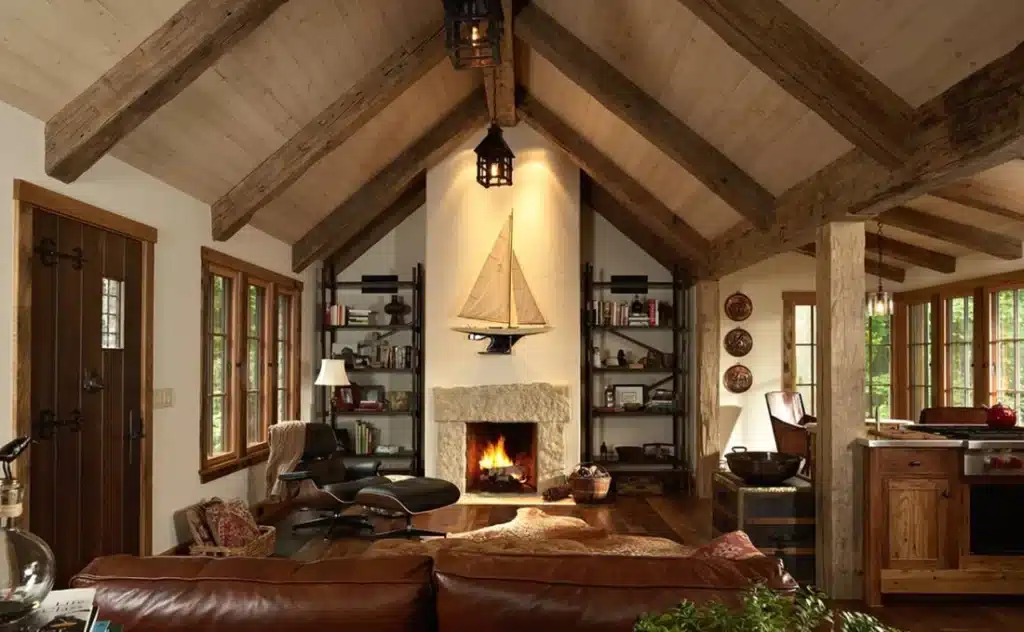
This type of ceiling is inspired by the interiors of Europe’s grand cathedral. It gives the residential rooms an open and very spacious feel because they are directly attached to the roof support. It has equal sloping sides. The center part is higher than the other two equal-sloping sides.
4. Tray Ceiling
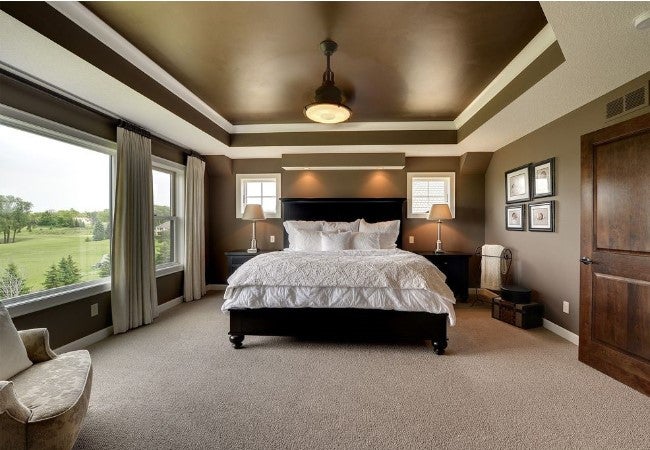
Just like the name suggests, it is like a flipped suspended tray. It is like a 6 inches deep hollowed conventional ceiling. This ceiling provides an illusion of space and desirable height and gives an architectural look. It is also cost-friendly. Installing this ceiling at your residential home may cost you around $3 to $5. It also depends on the required amount of work.
5. Vaulted Ceilings
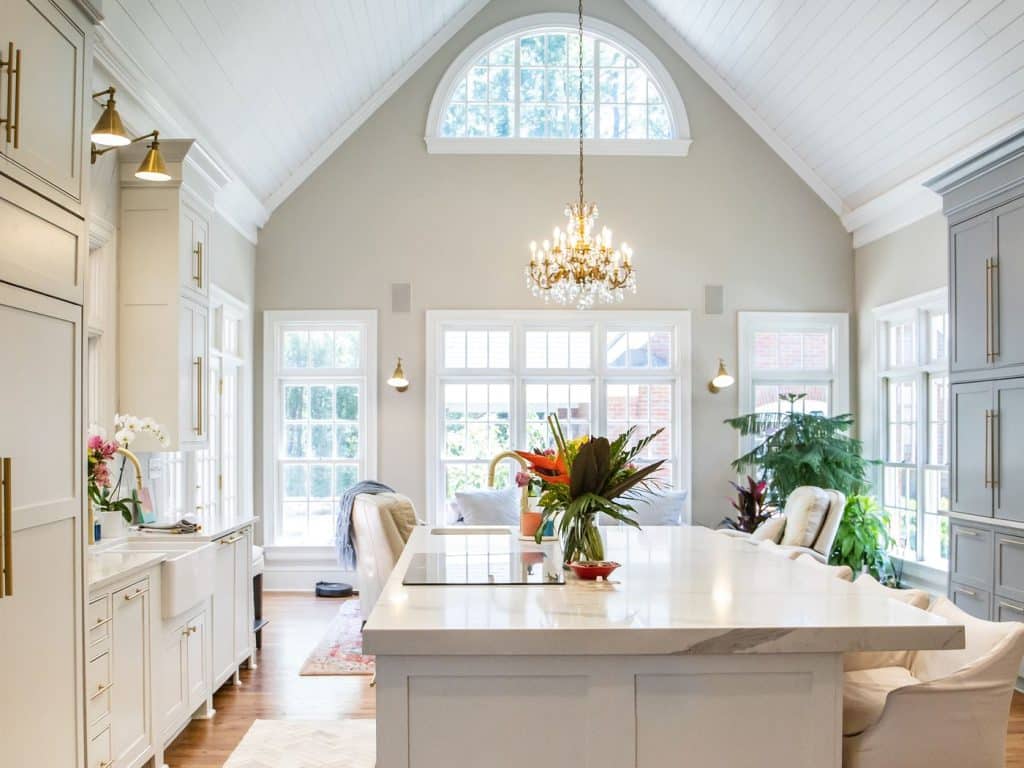
Vaulted ceilings are usually central arched house ceilings. They are designed to create an illusion of more space and height in your residential rooms. They are generally built with wooden frames. A variety of materials like drywall, tie, and wooden planks could be used for their finishing.
6. Beam Ceiling
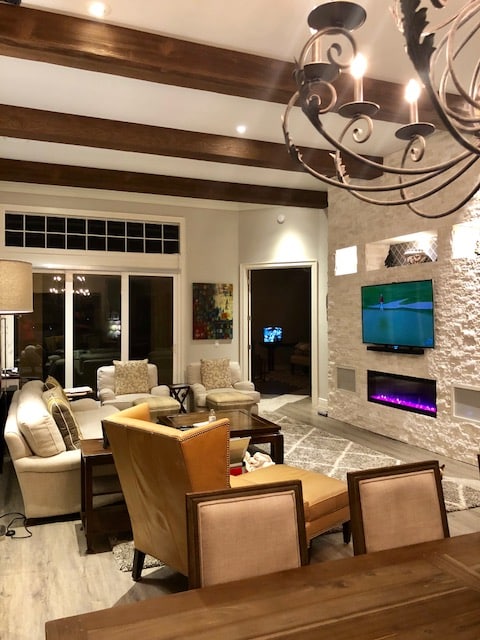
This ceiling has beams on it. These beams are usually made of a mixture of materials like wood, steel, or their combination. These ceilings are often set up with vaulted ceiling designs and nowadays are also used in flat ceilings to give a stylish look. Considering the material of the beam, one can expect to pay 10 to 15 percent more than the conventional ceiling for its construction. You can expect the cost around $15 to $26 per linear foot.
7. Exposed Ceiling
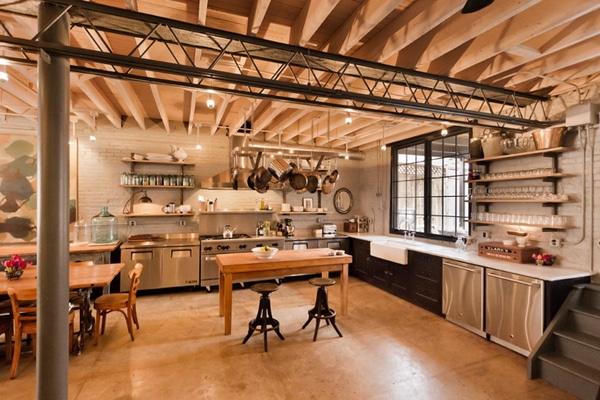
Exposed ceilings are kept unfinished intentionally, and all the ceiling elements are painted so that it gives the home a cohesive look. It is also low in cost and an inexpensive choice, but this makes the homes noisier and less insulated.
8. Drop Ceiling
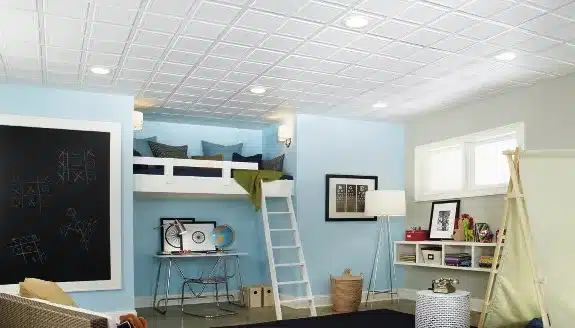
It is also known as a false or suspended ceiling. Drop ceiling is installed below the primary ceiling. It usually helps in better ventilation, covering up watermarks and other utilities. These tiles can come in decorative, plain, or white forms. It is better to let an expert install the drop ceiling to avoid interference with the ductwork, pipe, and wiring. Drop ceilings are generally of two types; Grid ceilings and Drywall Ceilings. Grid ceilings are long metal strips that are arranged in grid squares and suspended from the primary ceiling. Drywall ceilings are drywall sheets hanging from the primary ceiling by wire. The installation cost of 10-by-12 feet might be around $1500. It is generally installed by an expert.
9. Cove Ceiling

A Cove ceiling features rounded edges because the walls and the ceiling are joined by curved moldings, which removes the sharp corners. The Cove ceiling requires expert installation. The curve is smooth and gentle in a classic cove ceiling. Cove ceilings can also be paired with other designs like tray ceilings. It is usually created by installing arched mesh, plastering, and then painting over it.
10. Dome Ceiling

These ceilings can create an illusion of space and height and look like an inverted bowl. When a place or space needs focal attention, then this ceiling can be used. Also, to let more sunlight in, it may be built with fanlights. It comes in different materials that can give different appealing effects.
Conclusion
House ceilings are an important feature of your residence. It can provide you with benefits like a spacious and airy home feeling and a good resale value. Having the right ceiling for your residence can give it a perfect look.
You can select any of the above-mentioned types of ceilings for your residential home. You can choose whatever fits your home architecture and height and make your residential home an ideal one.

